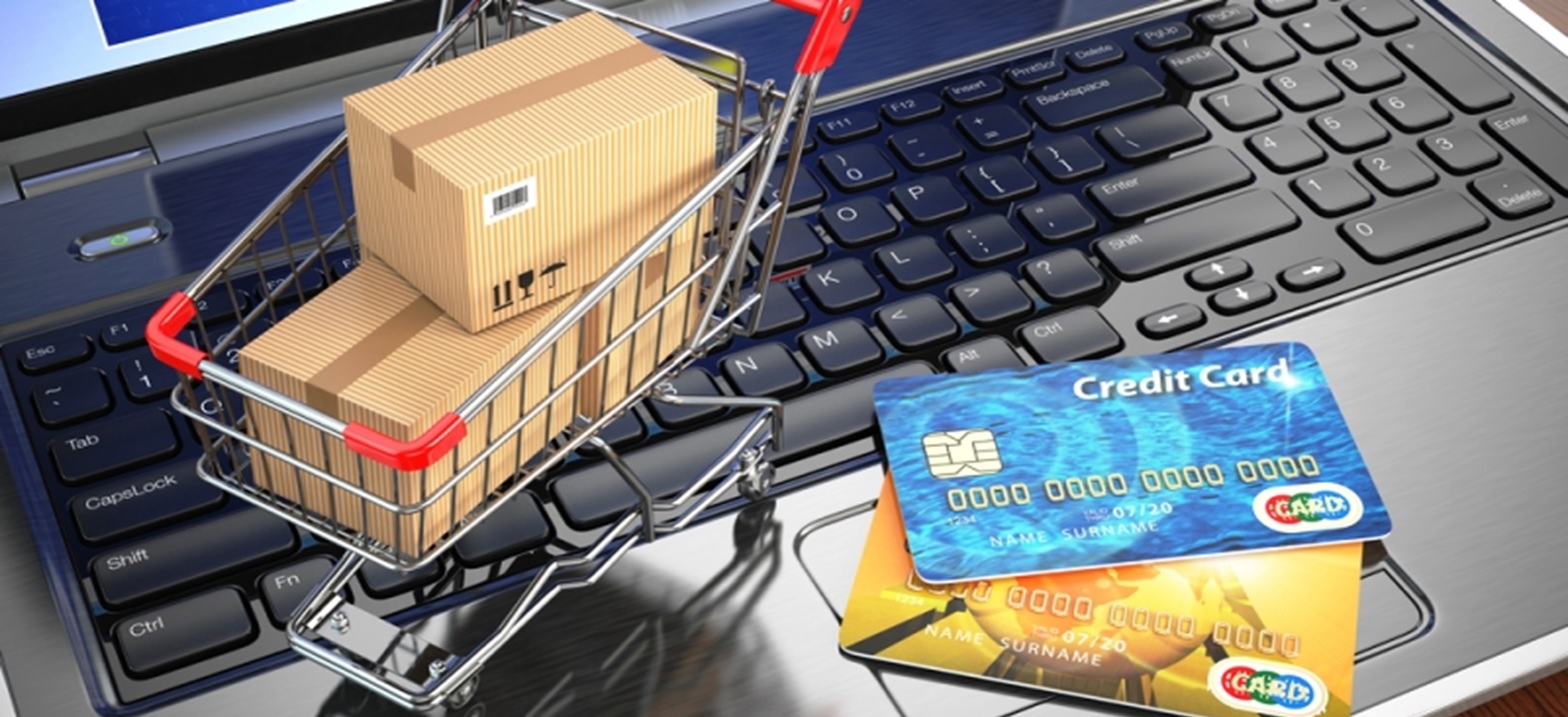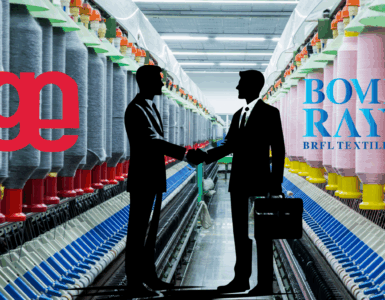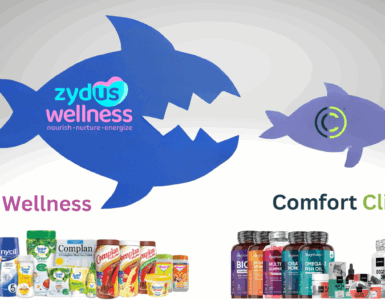Over the last decade, the Internet has changed the way of living of people. Due to the proliferation of Internet use, everything in the world is getting online. From Good Morning to Good Night, everything is available on the internet all you need is to ‘Google it”. India is no exception to it. Indians have already began buying and selling with clicks.
The whole world of E-commerce operates on simple ‘Clicks’.
The E-commerce is one of the biggest things that has taken the Indian business by storm. It is creating an entirely new economy, which has a huge potential and is fundamentally changing the way businesses are done. It has advantages for both buyers as well as sellers and this win-win situation is at the core of its phenomenal rise. Being a much-talked concept now a days, we will try to cover the main aspects of Ecommerce such as Legal, Structuring, and Valuation in the next 3 issues. This article is basically addressed to students and new M&A Aspirants.
DEMAND IS RISING
These few factors have provided the E-commerce sector in India the unique opportunity.
- Increasing the internet and mobile penetration
- Growing acceptability of payments mode such as cash on delivery, cash back etc.
- Rising incomes and a greater variety of goods and services that can be bought over the internet together with the convenience of operations are making buying online more attractive.
- Technology has made it the easiest way to shop online
- Unlimited choices are offered by online marketplaces
- Huge discounts, flash sales, daily snap deals from different companies
KEY CHALLENGES
- High level of competition
- Cyber security
- High percentage of return
- Yet Developing logistics and supply chain
- Instead of rising turnover, E-commerce space is still not profit conducive so far.
CONSOLIDATION OF E-commerce
As this industry keeps growing, the number of players are also increasing. It is a well-known fact that the way to growth is either through Greenfield expansions leading to organic growth in one’s own unit, or brownfield expansions leading to inorganic growth. Between the two, inorganic growth .is gaining momentum since it offers a ready platform without requiring the ab-initio creation of facilities. In an industry, there can be only 2-3 big players, so whenever there are more players the tendency is to merge and consolidate.
Given below are a few recent consumer tech acquisitions and identifying those likely to influence the tech industry, going forward.
Facebook is getting very serious about messaging. Before they removed messaging from the main app and relaunched Messenger as a third-party developer platform, Facebook acquired WhatsApp for a head-turning $19B in 2014.
The company had 450M users when it was acquired, and broke 800M MAUs in April 2015, with most of their user base outside the US, instantly giving Facebook massive user and penetration growth in messaging markets globally.
Instagram was bought for $1B in 2012, and some commentators derided the acquisition of a company with no revenue. Not to mention, Instagram has begun to roll out high-performing ad units.
Facebook’s bet is now looking smart. Instagram is projected to do $595M in mobile ad revenue this year and had 300M users (which is about the same as Twitter) in December 2014 compared to 30M when Instagram was acquired. The bet on Instagram was also a larger part of Facebook’s early strategy of shifting its focus to mobile, where it now generates 76% of its ad revenue.
Apple’s acquisition of Beats for $3B in 2014 was the largest disclosed acquisition the company has made to date. Apple, which revolutionized the music industry when it released the iPod and iTunes, has fallen behind as music streaming began to dominate consumer.
Consumption habits and led to the rise of Spotify, Radio, and Tidal among others. The new Apple Music app, based in parts on Beats’ technology, could be a serious contender. The fate of Apple Music will help determine the fate of the other streaming music players, and the music industry’s future. Apple Music has 11M trial subscribers after its first five weeks, with a 79% retention rate, according to the company. But Apple Music will have to ramp up its user acquisition significantly to succeed.
Peer-to-peer mobile payments app Venmo was acquired by Chicago-based mobile and online payments processor Braintree in 2012 for $26M and Braintree was later acquired by Paypal for $800M in 2013. Venmo processed $700M in payments in Q4’14, up from $141M in Q4’13.
Braintree is also a key factor in Paypal’s global expansion plans, since the acquired company is popular among international merchants and integrates easily into online and mobile-only startups. Braintree processed $22.8B payments in 2014, more than double the previous year’s amount. This acquisition was key for Paypal, which now operates two major players in both the P2P payments and mobile payments spaces after spinning out of eBay.
Microsoft bought Mojang, the maker of wildly popular game Minecraft, for $2.5B at the end of 2014. Minecraft was entirely bootstrapped, proving you don’t need to raise money to be a unicorn and exit at $1B+. The acquisition highlighted Microsoft’s new strategy of focusing on mobile-centric products, and bolsters Microsoft’s gaming product line. Microsoft already has an enviable perch in the gaming industry given the Xbox, desktop, and VR platforms it currently owns. The acquisition also gives Microsoft a channel into the younger demographics that Minecraft targets, specifically people below the age of 15, and could easily become a multibillion dollar franchise on its own, similar to the multimedia empire that Lego built. Finally, watching how Microsoft handles Minecraft going forward will be important, since it not only has to handle the game itself, but needs to make sure that the community that’s developed around the game is maintained (a struggle many large companies face when acquiring community-centric start-ups).
Between 2009 and 2013, Alibaba’s investments in UCWeb resulted in an ownership stake of 66%, and Alibaba bought the rest of the shares in 2014 in a deal valuing the company above $1.9B. Flush with cash from its IPO, Alibaba has made it clear that it plans to reinvest this money into growth by expanding into new areas, particularly in mobile and search. China has 54% 3G and 4G penetration in its overall mobile population of 1.29B people, but that proportion is growing and Alibaba is trying to position itself to take advantage of this.
While the company has made a number of small investments in US companies (Lyft, Snapchat, etc.), it has kept focused on the Chinese market and has made several billion dollar deals to reinforce this, including UCWeb, AutoNavi, Kobe, etc. This acquisition also puts Alibaba in a position to acquire mobile market share from its competitor, Baidu. UCWeb commands 65% of China’s mobile search market, and also holds the largest mobile browser share in India.
Online fashion and lifestyle retailer Myntra was acquired early this year by Flipkart, in a bid to expand its presence in fashion and lifestyle segment. According to reports, Flipkart had put in $300 Mn for the acquisition that was said to be one of the biggest in the Indian e-commerce space.
The Flipkart-Myntra consolidation resulted in a far more bulked up rival against the likes of eBay and Amazon, and for blowing away domestic rivals like Snapdeal.
OlaCabs, popularly known as ola, a personal transportation service provider in India acquired its smaller rival in the same space, TaxiForSure, in a $200-million (Rs 1,200 crore) cash and equity arrangement.
With this deal, Ola, which is already the market leader in the personal transportation space with over 1-lakh vehicles on its platform, has further deepened its footprint with TaxiForSure’s operator led model.
Snapdeal has acquired online mobile recharge platform FreeCharge in the largest buyout so far in the Indian consumer Internet sector as it arms itself with fresh ammunition to battle rivals for leadership in the online retail sector.
The Delhi-based company did not disclose the financial terms of the transaction, but sources privy to the details said it paid over Rs 2,800 crore ($450 million) in cash and stock. For Snapdeal, the merit of the acquisition lies in the fact that Free-Charge comes with a trove of payment data on the estimated 10 million users on its platform. Besides, buyers are transacting on mobile devices in ever greater numbers, meaning that FreeCharge users become potential customers for Snapdeal.
In 2013, ibiboGroup, a joint venture between Naspers, a South African media power house, and Chinese internet company Tencent, acquired Pilani Soft Labs, which has the red bus as its flagship platform.
The deal will bolster the existing business of ibibo in India and even though Goibibo.com currently takes bus bookings, the Redbus inventory and bus operator faith in the service will increase the efficacy of its bookings.
Not to mention the acquisition will bring in more users to the ibibo platforms. The company did not disclose the size of the acquisition but industry sources estimated it at slightly over $100 million (about Rs 600 crore).
In another move signalling consolidation in the online auto classifieds space, Jaipur-based CarDekho is acquiring Zigwheels, an auto portal owned by Times Internet. This is the second big acquisition by Girnar Soft, which runs the CarDekho, BikeDekho and PriceDekho sites, after it bought out Naspers-backed Gaadi.com a year ago. The combined entity of CarDekho, Gaadi.com, and Zigwheels would compete with the likes of Cartrade.com and Carwale.com, besides the horizontal online classifieds services like Quikr and Olx.
WHY ACQUISITION INSTEAD OF MERGER
In the online consumer tech industry, the most valuable asset is the brand. Brand acts like moat around the castle for start-up’s. In the case of merger, there can be some practical difficulties in terms of running the organisation as Organisation structure and other polices and methods can be different in both the organisation i.e. Target and Acquirer. It may be very difficult to integrate two teams in case of different technologies used by the different organisation. Further sourcing and even customer loyalty programmes also may have different and sometime conflicting terms and if both are integrated total discounts to be given may increase substantially in the case of common customers. One obvious reason to keep both organisation independent is to retain the brand value of the target organisation. When brand popularises across people it starts getting scorching valuation.
CONCLUSION
E-commerce has emerged as India’s new sun-rise industry and is set to cross business worth $16 billion by the end of 2015, which is eight times ($2.5 billion) the amount it was worth in 2009. With the introduction of 4G, increasing Internet penetration and changing dynamics of the supporting ecosystem, we think there will be a proliferation in E-commerce space in India.
As it is happening in the developed country like US, online portal like Amazon is valued more than Walmart by about 25% though wall mart is having 4117 stores in USA alone. (As on 31st December, 2014). Valuation of Amazon is approximately USD 250 billion while that of Walmart in USD 205 billion. There is a huge scope for value creation, yet to happen as it is addressing the real problem of customers
Every other day a new startup is coming with unique idea. Ease of transaction is resulting in more consumers connecting than ever before and have more information and choices at their fingertips today. While online, they leave behind their preferences, behaviour patterns and interests, which create a knowledge ground for E-commerce companies to analyse behaviour pattern and offer more interesting and competitive products.
With the trend of E-commerce well entrenched in India, one needs to acknowledge that it is still at a nascent stage since the penetration is minuscule mainly confined to urban and semi-urban areas. Imagine when the 600000+ villages across the country get linked by fiber optics what can be the market size and what changes it portends for production, storage and distribution. It is simply mind boggling to the say the least!




